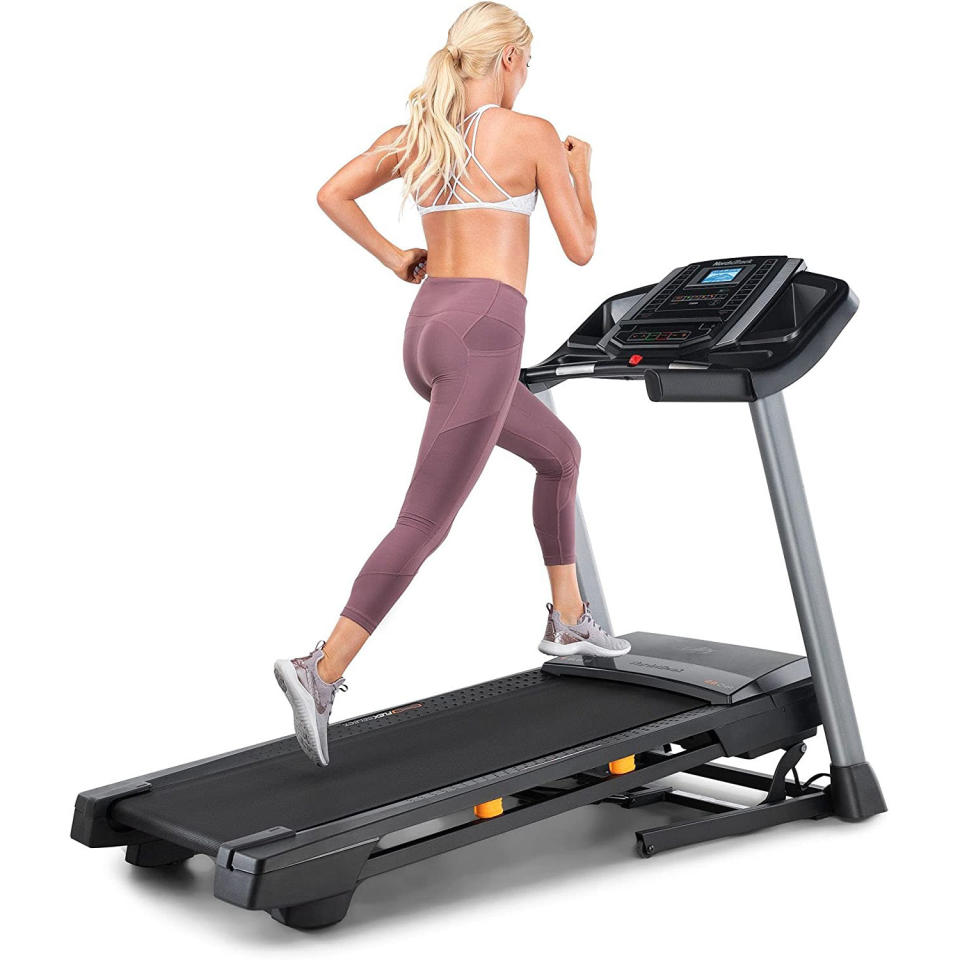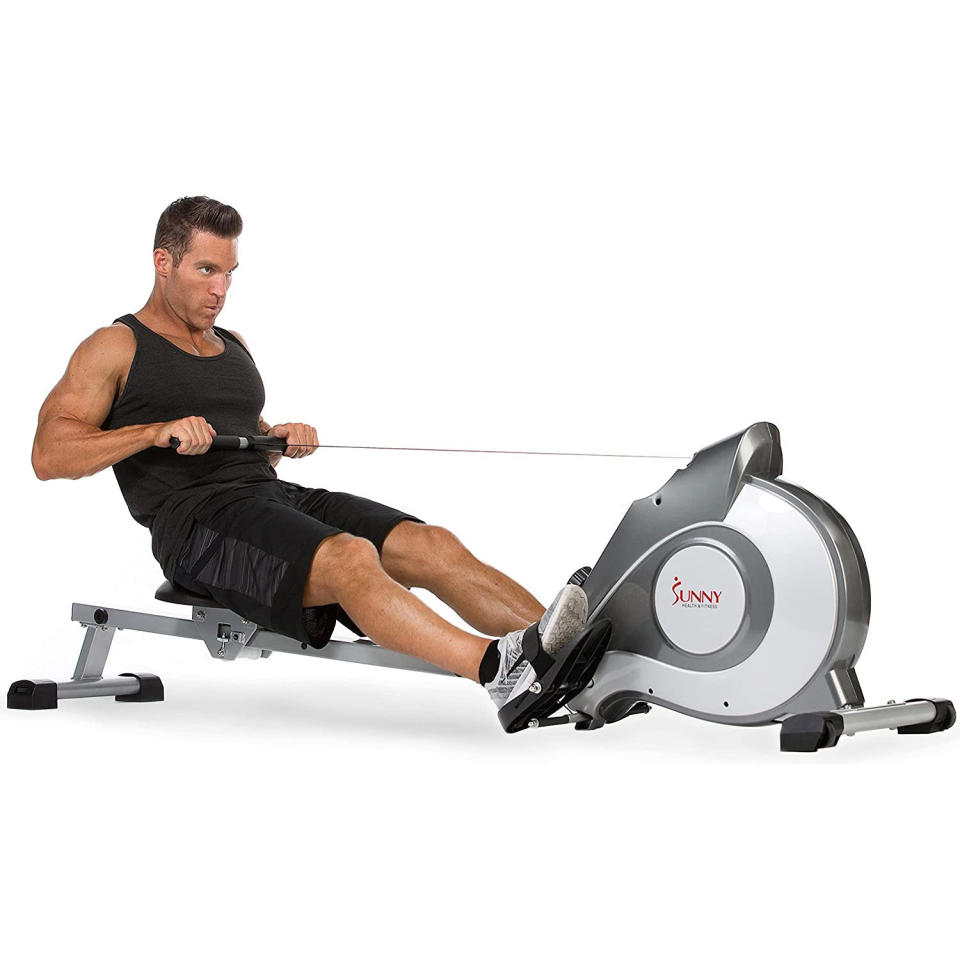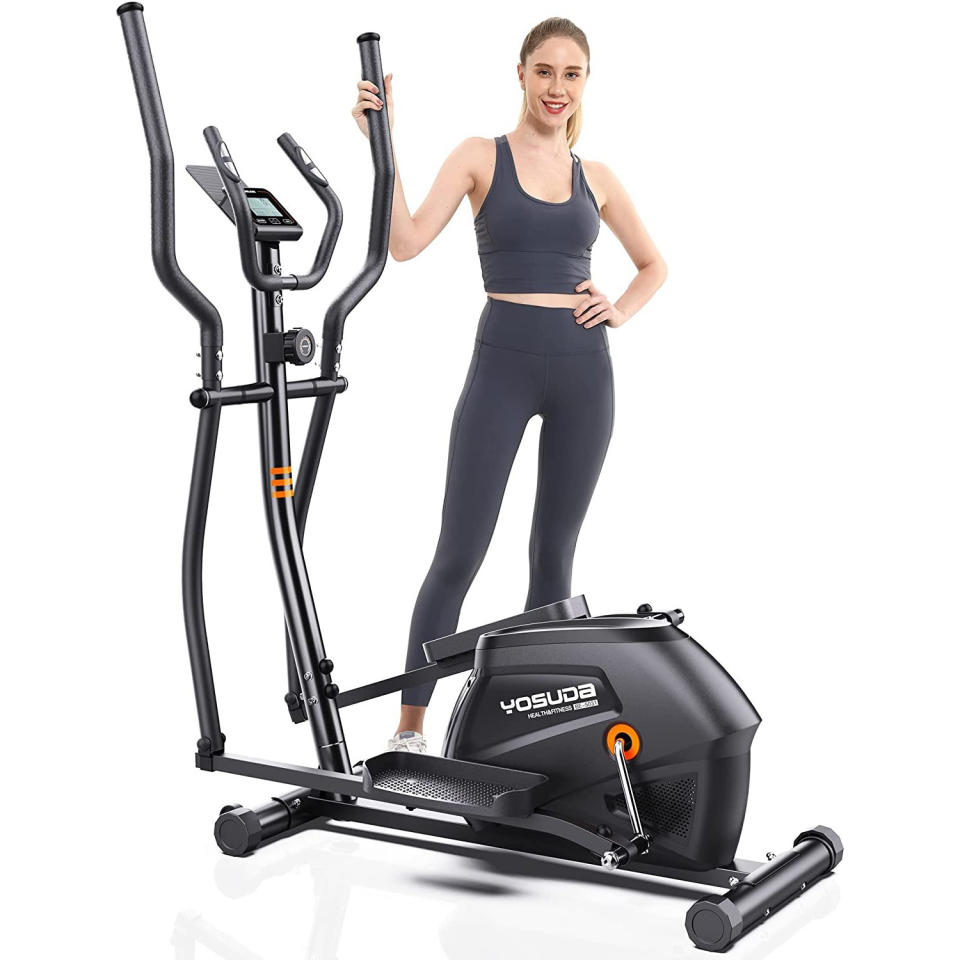Second Source: Are Zone 2 Workouts Actually Better For You?

Our editors independently select the products we recommend. We may earn a commission on items bought through our links.
Pause the HIIT class and hop off the Peloton: zone 2 workouts are apparently the only form of cardio that matters. At least that’s what thousands of fitness influencers and internet personal trainers are preaching as gospel.
Today's Top Deals
Zone 2, or low-intensity workouts, are workouts where you don’t exceed 60-70% of your maximum heart rate. To calculate this range for yourself, use the equation 208 – (0.7 x age), and then multiply by 0.6 and 0.7. During this lower level of exercise, the body taps into fat stores for fuel rather than the carbohydrate stores HIIT classes burn through. This has led to a widespread obsession with them online as the superior workout for weight loss.
A casual search for “zone 2 workouts” on TikTok drums up hundreds of videos of fit people walking on a treadmill on an incline, claiming that this slower workout burns more fat and is better for weight loss than more intense exercise.
The idea of burning more fat with easier movement sounds impossible and worth fact-checking, so SPY enlisted an expert to see what’s true and what’s nothing more than another internet trend that over-promises and under-delivers.
Tom Holland is an exercise physiologist, a certified strength and conditioning specialist, and a sports nutritionist certified by the International Society of Sports Nutrition. He’s also an endurance athlete with 20 years of experience racing in Ironmans and marathons all over the world and is the host of the podcast Fitness Disrupted. He’s also a believer in zone 2 workouts with a few key caveats.
“One reason zone 2 workouts are so popular is that they primarily utilize fat as an energy substrate. They have been marketed over the years as exercising in the ‘fat-burning zone,’ and are touted as a great way to lose body fat,” said Holland. “This physiological ‘fuzzy math’ is a flawed approach for weight loss, however.”
“While the percentage of fat utilized at lower intensities is indeed higher, you burn more total fat calories and more total calories the harder you work,” said Holland. “Another reason zone 2 workouts are popular? They are significantly easier than HIIT workouts.”
Examples of this kind of workout include spinning or using an elliptical with low resistance. It’s a moderately-challenging activity where you can still maintain a conversation while moving. That infamous “12-3-30” low-intensity workout that went viral online and clogged up treadmill bays at gyms last summer? That’s a zone 2 workout, too.
This all depends on how long the workout is, too. Walking on an incline for two hours will theoretically result in burning the same amount of calories as a shorter, harder training session.
“Physiologically speaking, it is true that the lower the intensity of the exercise the longer the duration should generally be to reap the greatest rewards,” said Holland. Zone 2 workouts are not as efficient, but that’s sort of the point.
“[Zone 2 workouts] increase one’s capillary and mitochondrial density, both of which improve your ability to exercise longer. It improves your endurance.”
This is why endurance athletes spent the majority of their cardio training time in zone 2. “Endurance athletes often utilize an 80/20 approach to training when it comes to cardiovascular exercise, with 80% spent in zone 2 and 20% performing high-intensity workouts,” said Holland.
While the majority of people aren’t preparing for a 100-mile running race or a two-day bike ride, improving one’s cardiovascular endurance is just as important as one’s cardiovascular capacity. True fitness is well-rounded, after all.
Thankfully, the ideal length of a zone 2 training session is not two hours. “A good rule of thumb is to spend at least 30 minutes in zone 2 and longer if you have the time.”
There’s a time and space for both zone 2 workouts and higher-intensity work. While zone 2 workouts don’t raise the heart rate to its maximum and trigger the cardiovascular benefits that come from that, they’re also easier on the joints and less likely to cause injury. They also improve one’s ability to work out for longer, something a 15-minute HIIT class or set of sprints doesn’t do.
Holland concluded that a healthy mix of both is ideal. “Zone two workouts are not ‘better’ than HIIT sessions: Both offer their unique benefits and therefore complement one another,” said Holland. “A common rule of thumb is to follow every HIIT workout with at least one, if not two, lower intensity, zone 2 sessions.”
SPY-Recommended Equipment for Zone 2 Workouts
Zone 2 cardio can be done on most pieces of equipment, since it’s less about the exercise and more about the intensity, but treadmills, rowers and ellipticals are the ones SPY Wellness editors recommend.

NordicTrack T Series Treadmill
Buy Now On Amazon $799.00
NordicTrack’s basic treadmill is ideal for zone 2 cardio work since it only goes up to 10 miles per hour but still goes up to 10% incline so walking at an angle is an option. This treadmill is also built with EasyLift assist so it can fold in half between uses.

Sunny Health & Fitness Magnetic Rowing Machine
Buy Now On Amazon $209.97
The Sunny Health & Fitness rowing machine comes with eight levels of resistance for moderate exercise, and it’s built with an extra-long slide rail for rowers of all sizes.

YOSUDA Elliptical Machine
Buy Now On Amazon $279.99
YOSUDA makes a moderately-priced elliptical machine that’ll get the cardio job done, especially at a zone 2 level. It comes with 16 levels of adjustable resistance and a noise level below 20 decibels.
More Top Deals from SPY
Best of SPY

